
Table of contents:
- Author Bailey Albertson [email protected].
- Public 2024-01-17 22:26.
- Last modified 2025-06-01 07:32.
Exotic cat: everything about the breed

An exotic cat is almost a complete copy of a Persian cat. The differences are a very flattened nose and short hair. This breed was bred from the Persians, and it inherited some of their features.
Content
- 1 History of an exotic breed
-
2 External features
2.1 Photo Gallery: Exotic Cat
- 3 Character
- 4 Exotic diseases
- 5 How to choose a kitten
-
6 Breed care
- 6.1 How to organize a cat litter box
- 6.2 Feeding exotics
-
7 Exotic breeding
7.1 Castration and sterilization of the breed
- 8 Video: exotic breed
- 9 Host reviews about the breed
History of an exotic breed
The breed was obtained as a result of crossing a Persian cat and an American shorthair cat in the 60s of the XX century in the USA. Thanks to this crossing, breeders wanted to improve and diversify the color of the American Shorthair. The result is short-legged, short-haired kittens with a flattened muzzle. The breeders were not very happy with the offspring they received, but these charming creatures still won their hearts. In 1966, a breed standard was developed, in which the exotics were supposed to look like Persian cats, but only with a shorter coat. Officially, the breed was recognized in 1967, and in 1973, changes were made to the standard of the breed: it became mandatory to have a stop - a sharp nasolabial transition.

Exots were bred by crossing Persians with American Shorthair cats.
In Russia, exotics appeared in the early 1990s. The cat breeders liked the breed very much, and for its breeding they purchased animals in elite catteries all over the world. Today the exotic cat breed ranks first in popularity of cat breeds, having overtaken its descendants - Persian cats several years ago.
External features
Exotic cats are very similar in appearance to the Persians. The body is strong, stocky, the height at the withers reaches 30 cm. The head is large and round, the ears are erect of medium size. Large eyes, color from blue to amber brown.
A striking difference is a flattened nose and large cheeks, these two signs give the cat a doll-like appearance. The tail of exotic animals is long, moderately fluffy. The coat is short, plush and thick. The colors are different: blue, white, marble, cream, red, black, brown. The weight of an adult exotic can reach 5 kg.
Photo gallery: exotic cat
-

Exot - The exotic cat adopted the good-natured character of the Persians, this is the most affectionate and loving breed
-

Exotic cat - The external features of exotics are large eyes, short hair and chubby cheeks.
-

Redhead exotic - The color of the eyes in exotic animals depends on the color of the coat, the brighter the color, the brighter and richer the eye color
-

Exotic cat -
Exotics are wary of new people, but if over time they understand that there is no danger, they calmly make contact
Character
As in many other things, exotic cats are similar in character to Persians: they are quiet, domestic, calm and loving animals. Exots are very fond of human attention, they can easily climb on your knees at any time. They love to sleep with the owner, even, perhaps, on it. Exots are mobile and curious, active, love to play, happy to run after a bow on a string or chase a ball. The breed is completely non-aggressive, so it easily gets along with children or animals, even with dogs. Exot is a very loyal breed, he will always meet his master after absence. He is wary of strangers, but only at first. If the cat understands that there is no danger, then calmly makes contact.

Exots get along well with other animals and people.
In fact, each cat has its own character. Familiar cats and cats are exotic. The cat loves to sit on his arms, loves affection, always purrs and he will come running and climb on the arms or on the neck. The cat is wayward, rarely comes up to someone, it will sit in its arms only if you catch it yourself. If you call her, you will pretend to be deaf.
Exotic diseases
The exotic breed also adopted its sores from its ancestors - the Persians. Most often these are deformities of the teeth and jaw and brachycephalic airway obstruction syndrome, which occurs due to a short, flattened nose. The syndrome is characterized by an increase in the following symptoms:
- wheezing;
- difficulty breathing;
- snore;
- cough;
- intolerance to loads;
- cyanosis of the mucous membranes;
- fainting;
- pneumonia.
In severe form, the syndrome can lead to deformation of the trachea, larynx, nose, which makes it very difficult for the cat to breathe.
Another unpleasant problem - in exotic plants, it flows strongly and abundantly from the eyes. This is due to the breed's anatomical features, which is why cats need daily eye care. If you do not treat your eyes or do it incorrectly, problems can arise - conjunctivitis and dermatitis around the eyes due to constant dampness.
A predisposition of exotics to hypertrophic cardiomyopathy and polycystic kidney disease is possible. In general, the exotic breed is very healthy, life expectancy reaches 14 years.
How to choose a kitten
It is best to look for exotic kittens in specialized nurseries, although it is often possible to find a purebred kitten with or without documents in simple advertisements. When choosing a future pet, pay attention to the activity of the kittens: if a kitten sits on the sidelines while his brothers run and play, then something is wrong with him.
Distinctive features of exotic kittens:
- medium size - no more than 20 cm at the withers;
- stocky build;
-
short and thick legs;

Ginger kitten exotic When choosing kittens, you need to look not only at breed characteristics, but also at the activity of animals
- the head is large;
- the coat is short;
- the muzzle is strongly flattened.
It is best to buy a three-month-old kitten: at this age he can already do everything on his own, plus most of the vaccinations should already be done. If the kitten has documents, then it must have a metric in which the nickname, gender, date of birth, breed are registered. It can then be changed to pedigree, if you plan to go with the cat to exhibitions and breed. In any case, the kitten must have a veterinary passport, which contains marks about vaccination and treatment for helminths.
Breed care
Exotic care is not very difficult, eyes require special attention. Every day they need to be wiped with a dry napkin, and once a week - with a cotton swab dipped in weak tea leaves or in ordinary warm water. The claws are trimmed as they grow back - only the very tip of the white is trimmed with special scissors.
You can brush your cat's teeth with a cat brush and toothpaste yourself, or take your pet to the veterinary clinic for the procedure. Exotics do not really like to swim, so they should be washed once every six months. You need to bathe your cat with a cat shampoo created specifically for this breed, be sure to dry it with a hairdryer after bathing. Brush once a week when the cat begins to shed - twice a week.

Since the breed has short hair, it needs minimal care - combing once a week, and during the shedding period - twice a week.
Ears should be cleaned once every two weeks with a cotton pad soaked in a special ear cleaner. Do not forget to periodically treat the cat from worms, fleas, and if the animal walks on the street, then from ticks. Get all the necessary vaccinations on time.
How to organize a cat litter box
It is not difficult to find a place for a tray - it can be a bathroom, toilet or a corridor. While the kitten is small and gets used to the new place, the pot is placed next to his house. For exotics, a regular tray with a mesh is best suited, most importantly, choose the right size - a large toilet is better than a small one. To choose litter for the tray, experiment: each cat has its own preferences, so for some a simple woody one is suitable, and some will only go to silicate.
Familiar cats and cats of this breed. The cat walks into an empty basket with no litter mesh. And the cat prefers wood filler, since he was accustomed to it. Friends tried to remove the litter and leave the tray empty, but the cat did not like it, and he did not go into the tray until the litter was poured into it.
Feeding exotics
You need to feed a small kitten 4-5 times a day, an adult cat - twice a day. If you choose dry food, then be sure to premium class, preferably designed specifically for an exotic breed. There should always be clean and fresh unboiled water next to food.
If the food is natural, then the cat's diet must include:
- eggs;
- lean pork or beef;
- dairy products;
- chicken or turkey;
- kidneys;
- liver;
- carrot;
- cheese and sea fish in small quantities.
You cannot feed exotics with vegetarian food, since a healthy body needs protein contained in meat. If you feed your cat natural, then do not forget about vitamin and mineral complexes. It is not recommended to give to exotics:
- potatoes;
- milk;
- lamb;
- legumes;
- any bones;
-
smoked and salted foods;

Exotic cat and sushi Cats cannot eat smoked and salted foods
- sweets.
Exotic breed breeding
The first mating in exotic cats is possible immediately after puberty, in cats - after a year for the second estrus. You can knit a cat every time you are in heat. An exotic cat is bred with exotics or Persian cats.
Pregnancy in exotics is easy, at this time the cat should be fed more often, up to four times a day. It is important not to forget about vitamin supplements when feeding with natural food, and it is better to replace dry food with a special one for pregnant women, in which there are more nutritional components.

During pregnancy, the cat needs to be transferred to special food.
The cat gives birth on the 63-67 day after mating. She needs a little help with giving birth, especially if this is the first pregnancy: a few days before giving birth, prepare a box with a blanket, and when the cat starts looking for a place to give birth, put her there. It is better to use a large cage for this so that the cat does not run away anywhere. Exots give birth to one to seven kittens. If the exotic was mixed with a Persian, then both short-haired and long-haired kittens may appear.

When crossing an exotic and a Persian cat, the offspring can turn out to be both short-haired and long-haired
Some breeders breed exotic cats with Scottish Folds. As a result, the offspring is mixed, there may be exotic animals with short hair and kittens with hanging ears, short hair and a very short nose. However, officially such mating is prohibited; in addition to the direct representatives of the breed, only Persian cats can participate in the development of exotic cats.
Castration and sterilization of the breed
If you don't want to breed cats or distribute unexpected offspring, then you can perform an operation to remove the genitals. In cats, the testes are surgically removed, and in cats - the ovaries and uterus, as a result, the animal does not want to mate - this procedure is called castration. During sterilization, the fallopian tubes are ligated in cats and the seminal ducts in cats. The operation does not affect the sex drive of animals, their instincts do not decrease and do not lose their intensity, animals can mate, but they cease to bear offspring.
Both operations are performed by veterinarians under general anesthesia. The procedures are quite easy and do not last very long. After the operation, the animal needs to be looked after:
- Bring it home, put it on a warm blanket or in a house away from the draft.
- It is not recommended to feed the animal for the first day, put only clean water next to it.
- Until the cat recovers from the anesthesia, you need to be in close proximity to it to monitor the animal.
- After 24 hours, you can feed the cat, some meat, or better chicken broth. Then you can switch to a regular diet.
-
Cat stitches require daily treatment:
- the first two days - processing with green stuff once a day;
- after - treatment with Chlorhexidine twice a day;
- stitches can be removed after 12 days.
Video: exotic breed
Reviews of the owners about the breed
If you are a lover of unusual cats, then an exotic breed is for you: an interesting appearance, reminiscent of a Persian cat, as well as a sea of love and affection towards the owners. Such a cat, unlike the Persian, does not require much care, but there will always be a soft and fluffy animal loving you next to you.
Recommended:
Scottish Straight Cat Scottish Straight: A Description Of The Breed With A Photo, The Nature And Characteristics Of Care, The Choice Of A Kitten And Reviews Of The Owners
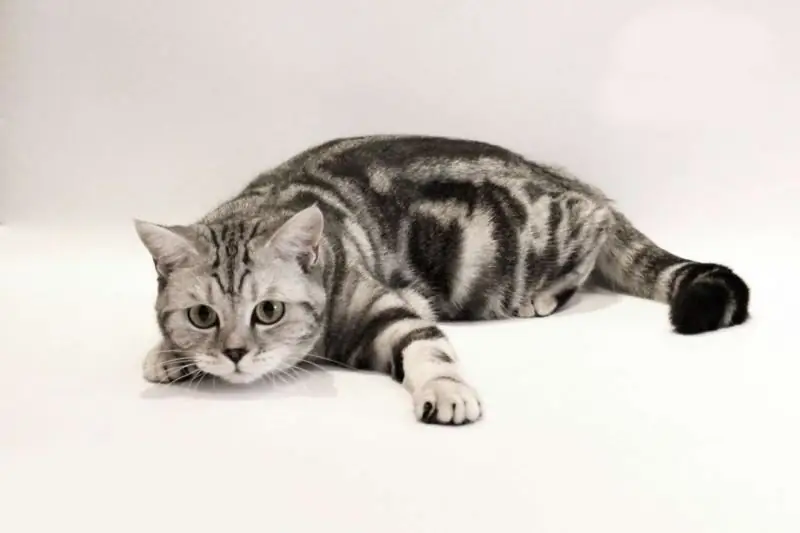
Features of the Scottish Straight breed: appearance, character, difference from British shorthair cats. How to choose a pet, take care of him. Owner reviews
Bengal Cat: Description Of The Breed, Character And Habits, Photos, How To Choose A Kitten, Reviews Of The Owners Of A Home Bengal
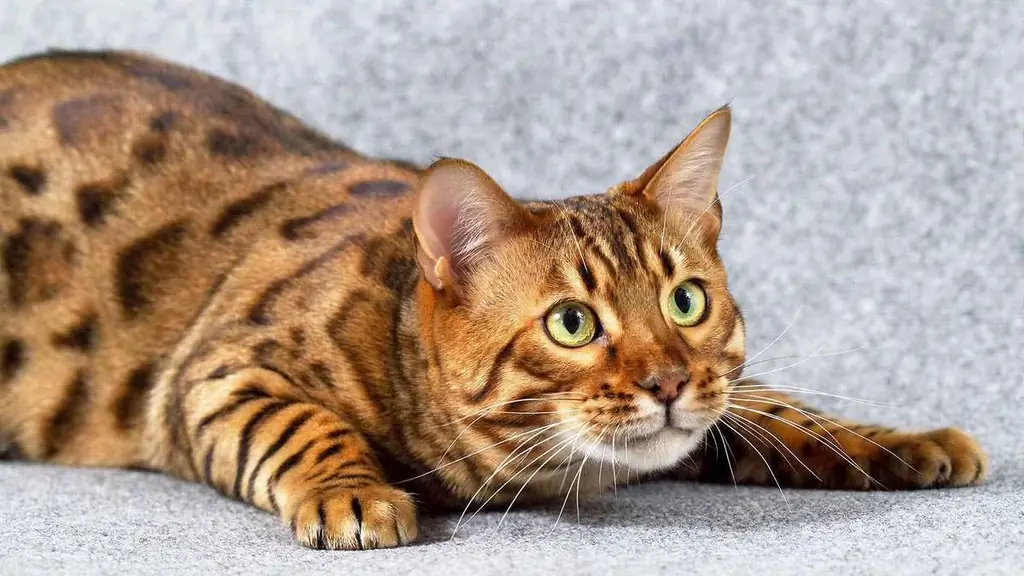
The origin of Bengal cats. External description of the breed. Features of the acquisition. The character and behavior of Bengals. The specifics of caring for a Bengal cat. Reviews
Chausie: Description Of The Breed, Character And Habits Of A Houseie Cat, Photo, Choice Of A Kitten, Reviews Of Cat Owners
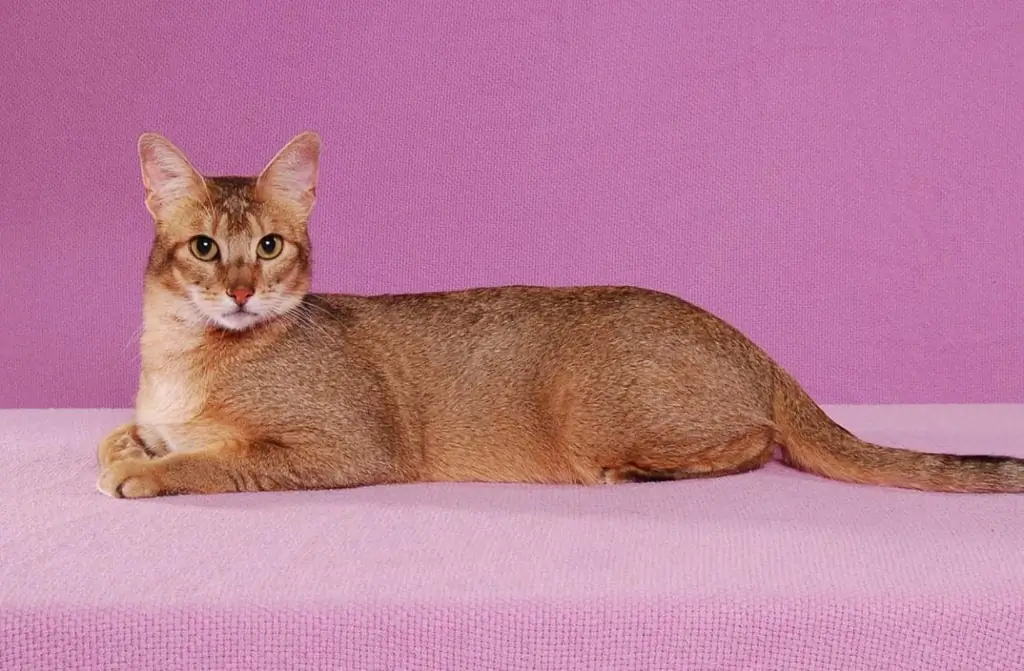
The history of the origin of Chausie. Breed standard. Character, behavior, health. Features of nutrition. Tips for choosing a Chausie kitten. How to breed. Reviews. Video
Cat Burmilla: Description Of The Breed, Nature And Features Of The Content, Photos, Choosing A Kitten, Reviews Of The Owners, Breeding Cats
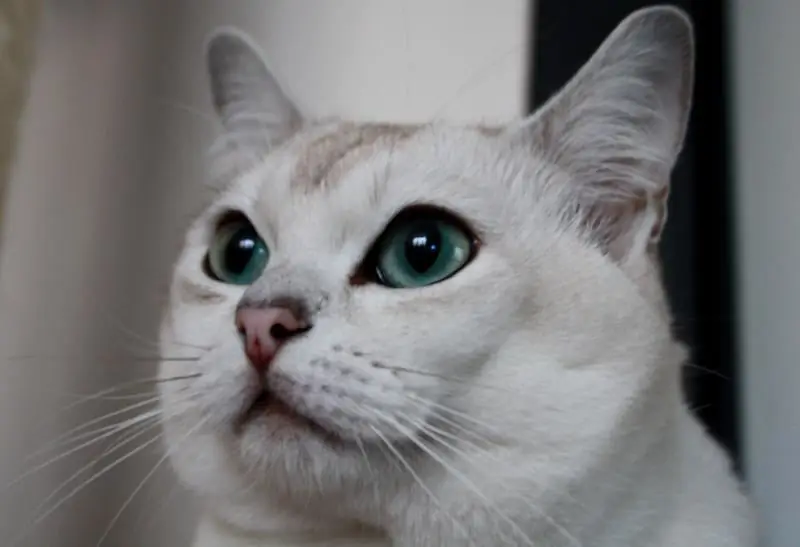
The origin of the Burmilla breed. Features of appearance and behavior. Acquisition and breeding issues. Care and hygiene of the Burmilla. Life expectancy. Reviews
Cornish Rex: Description Of The Breed With Photos, Character And Habits, Care And Maintenance, Reviews Of Cat Owners
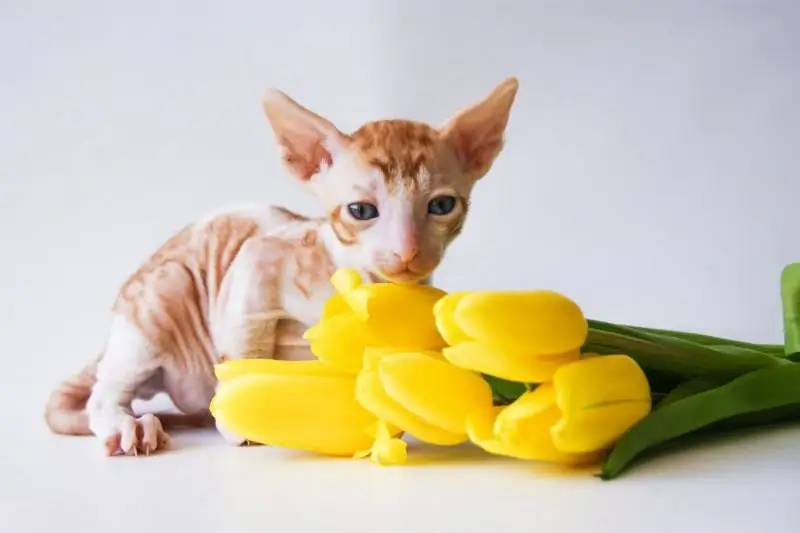
The history of the origin of the breed. What does a Cornish Rex look like? The nature of the cat. Care rules. What to feed the Cornish Rex. Reviews, photos and videos about the breed
